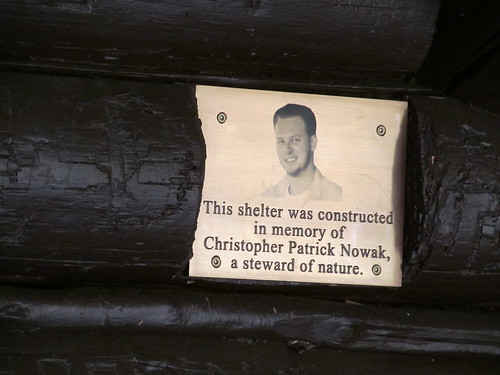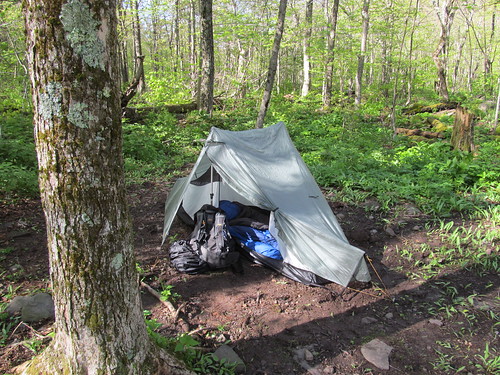Just to clarify, I don't think that a quota for starts at the southern terminus could apply only to thru hikers. Just as permits to start the John Muir Trail at Happy Isles apply to JMT thru hikers and weekenders heading for Half Dome, so would the permits at the southern terminus of the AT apply to all. I think that there should be both reserveable and walk-in quotas available to ensure that people still have the opportunity to plan spur of the moment trips. I don't pretend to know what the quota should be set at but it is very possible that there could still be a very generous supply while spreading out the bubble. For example, instead of 100+ hikers starting on a Saturday in April, maybe the quota is set to 40 or 50 per day and some of those who would prefer to start on Saturday would have to instead start mid-week. If the permit also specified first night camping locations, that could further spread out the impact.
I have not hiked the AT in Georgia so take what I'm suggesting with a grain of salt. But even not having hiked that part of the trail, in principle such a system has worked elsewhere and could work anywhere if well designed for local conditions. Most AT thru hikes are planned months ahead of time and I don't think that registering for a permit would be an enormous hassle in light of all the other required preparations.
I would be totally opposed to an oppressive system where camping locations have to be specified for every single night of a trip. Obviously totally unworkable for thru hikers. Instead I would hope for a Sierra Nevada style of permit where, yes, you need one, but after the initial inconvenience you can roam about without restriction for as long as you want.
- Home
- Forum
- Journals
- Gallery
- What's New?
- Todays Posts
- 2,000 Miler Listing
-
Odd & Ends
- About WhiteBlaze/Tools
- About WhiteBlaze
- WhiteBlaze user agreement
- WhiteBlaze logo progression
- WhiteBlaze screen savers
- Purchase a banner spot
- Quick reference
- Usercp
- Subscribed Threads
- Members List
- Calendar
- Mark all forums read




 Reply With Quote
Reply With Quote






